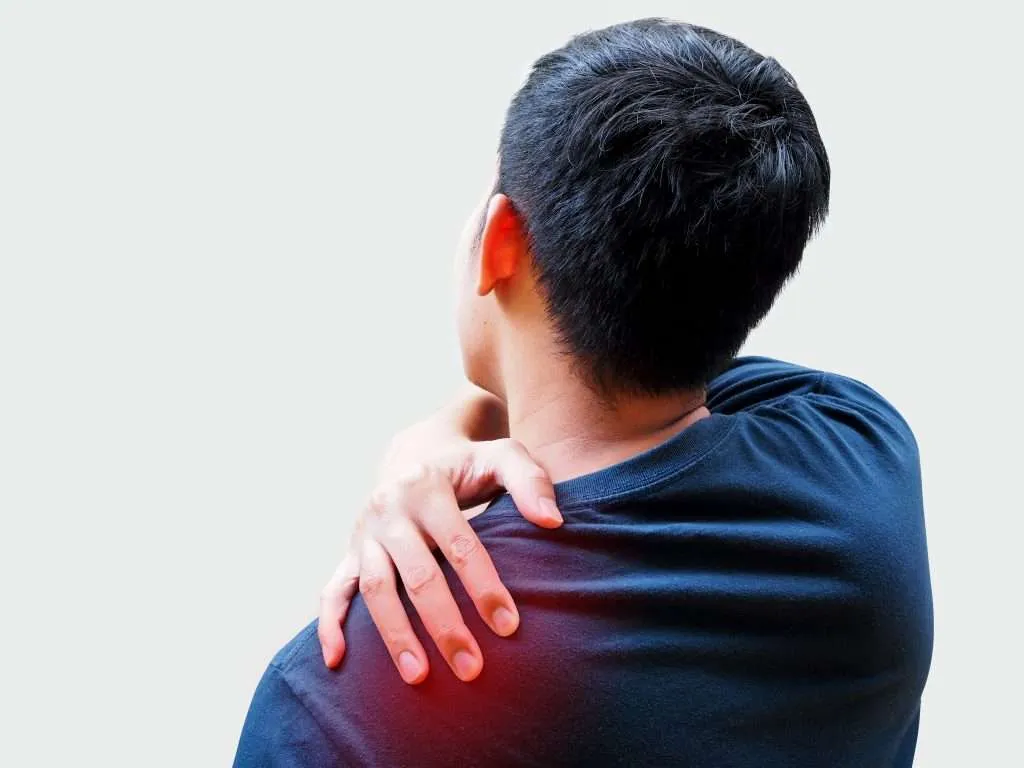Back pain is a leading cause of disability worldwide. Whether it’s due to poor posture, muscle strain, age-related degeneration, or chronic conditions like sciatica, understanding how to relieve and manage back pain is essential for maintaining daily function and quality of life.
In this article, we’ll explore 10 evidence-based and medically supported ways to relieve back pain. These include both lifestyle changes and clinical approaches — designed to educate and inform readers who are looking for lasting relief.
1. Correct Posture and Ergonomics
Maintaining good posture is critical to spinal health. Poor posture places strain on spinal structures and can lead to muscular imbalances.
Key Guidelines:
-
Keep your back straight and shoulders back when sitting.
-
Adjust your workstation to keep screens at eye level.
-
Use ergonomic chairs with lumbar support.
-
Avoid slouching or prolonged sitting without breaks.
Correcting posture can significantly reduce the load on the lumbar spine, especially in desk-bound individuals.
2. Engaging in Regular Physical Activity
Physical inactivity contributes to weak back muscles and stiffness. Low-impact exercises are effective in strengthening the muscles that support the spine.
Recommended Exercises:
-
Walking
-
Swimming
-
Stretching routines (e.g., hamstring and hip flexor stretches)
-
Core strengthening (planks, bridges)
Exercise promotes circulation, reduces stiffness, and improves spinal flexibility.
3. Physical Therapy and Rehabilitation
Physical therapists can design a personalized exercise and treatment plan based on your pain severity, cause, and physical condition.
Benefits of Physical Therapy:
-
Muscle re-education and balance improvement
-
Joint mobilization and flexibility training
-
Postural correction
-
Pain-relief modalities like TENS, ultrasound, or manual therapy
Physical therapy is especially beneficial for those recovering from injury or surgery.
4. Heat and Cold Therapy
Alternating between hot and cold applications can effectively manage both acute and chronic back pain.
-
Cold Packs: Reduce inflammation and numb sharp pain (ideal for the first 48 hours after injury).
-
Heat Therapy: Enhances blood flow, relaxes tight muscles, and eases stiffness (ideal for ongoing muscular tension).
Application should be limited to 15–20 minutes per session, several times a day.
5. Use of Medications
For persistent or severe pain, medications may be required for symptom control.
Types of Medications:
-
NSAIDs (e.g., ibuprofen, naproxen): Reduce inflammation and provide pain relief.
-
Muscle relaxants: (e.g., Carisoprodol in Pain O Soma 350mg) Alleviate muscle spasms.
-
Topical analgesics: Provide localized pain relief.
-
Opioid analgesics (e.g., Tapentadol in Aspadol 100mg): Used under strict medical guidance for severe or chronic pain cases.
It’s essential to use medications under medical supervision to avoid side effects or dependency.
6. Aspadol 100mg (Tapentadol) for Chronic Pain
Aspadol 100mg is a prescription-strength opioid analgesic used for moderate to severe pain, particularly in cases where NSAIDs are ineffective.
Mechanism of Action:
-
Binds to opioid receptors to block pain signals.
-
Inhibits norepinephrine reuptake, enhancing pain suppression.
Indicated For:
-
Chronic lower back pain
-
Sciatica
-
Post-operative pain
Due to its potential for dependence, it should be taken strictly as prescribed by a healthcare provider.
7. Maintaining a Healthy Body Weight
Excess body weight increases stress on the spine, particularly the lower back.
Weight Management Tips:
-
Follow a balanced diet rich in anti-inflammatory foods.
-
Engage in regular cardiovascular and strength-building exercises.
-
Avoid sugary and processed foods.
Losing even 5–10% of body weight can reduce spinal compression and improve back function.
8. Improving Sleep Position and Mattress Quality
The position you sleep in and the quality of your mattress can affect spinal alignment.
Best Practices:
-
Sleep on your back with a pillow under your knees, or on your side with a pillow between your legs.
-
Use a medium-firm mattress to support natural spinal curvature.
-
Avoid stomach sleeping, which can strain the neck and back.
Proper sleep hygiene also supports recovery and reduces pain sensitivity.
9. Stress Management and Mental Health
Chronic stress and anxiety can contribute to muscle tightness and back pain. Moreover, pain perception is influenced by mental health.
Stress-Relief Techniques:
-
Mindfulness meditation
-
Deep breathing exercises
-
Yoga or tai chi
-
Cognitive-behavioral therapy (CBT)
Addressing psychological factors often improves treatment outcomes in people with chronic back pain.
10. Complementary and Alternative Therapies
Several alternative approaches can support conventional treatments for back pain:
-
Acupuncture: Stimulates specific points to reduce pain perception.
-
Massage Therapy: Relaxes tight muscles and improves circulation.
-
Chiropractic Care: Manual spinal adjustments to correct misalignments.
-
Herbal Supplements: Such as turmeric or devil’s claw (consult your doctor before use).
While not suitable for everyone, these therapies may benefit those looking for non-drug interventions.
Conclusion
Back pain is a multifactorial condition that often requires a multi-pronged approach. From physical therapy and medication to posture correction and stress management, various scientifically supported methods are available to manage and relieve pain.
If you’re struggling with persistent or worsening symptoms, consult a medical professional to identify the root cause and develop an appropriate treatment plan. In some cases, medications like Aspadol 100mg may be recommended for advanced pain control, especially in chronic conditions.







